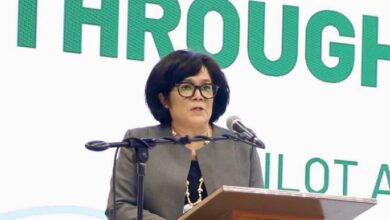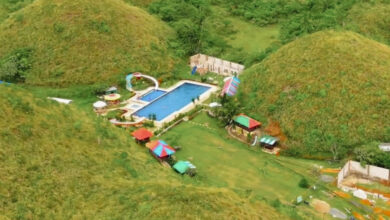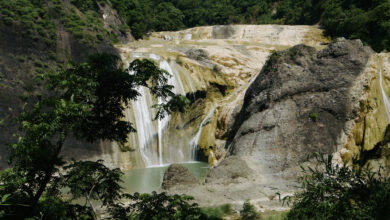
Tourist destinations take notes from Boracay closure
Other tourism destinations in the Philippines are taking notes from Boracay as they push for pre-emptive measures to address similar environmental concerns, with the aim of avoiding a repeat of the situation that led to the famed island destination’s closure.
In a press conference last month, Department of Tourism (DOT) Undersecretary Benito C. Bengzon, Jr., said that the lessons of Boracay will be “the overarching approach of the Department of Tourism for next year, and the years to come.”
“I think what is important here is that with the experience in Boracay, the other destinations are beginning to see the importance of ensuring that we maintain an optimum balance between certain levels of tourism activities, and making sure that we preserve the environment,” said Bengzon.
Bohol creates Legislative Oversight Body to work on Environmental Concerns
Known for its Chocolate Hills and Panglao Island’s beaches, Bohol welcomed more than a million tourists in 2017 – 700,000 of whom were international travelers.
Bohol Governor Edgar M. Chatto said that they are enforcing “more sustainable tourism measures” for the province.
“Closing the tourism industry in the province of Bohol, which is our prime economic driver, would greatly affect our economic development, and thus, as the governor of the province, I am in the frontline of closely monitoring the compliance of our environmental laws by our business sector,” said Chatto.
“We cannot afford and will not allow Bohol to become another Boracay. That is why we are closely coordinating with the relevant national government agencies and our University of the Philippines Advisory Council for their expert opinion on environmental concerns.”
In response to this thrust, a legislative oversight body was created, covering Panglao, the municipality of Dauis, and the City of Tagbilaran, which aims to work on the areas’ tourism and culture, environmental protection and conservation efforts, and urban development.
To date, the body has already conducted a carrying capacity study in Panglao, similar to the one that was conducted in Boracay. They have also urged water service providers in the area to have wastewater treatment facilities, as required by the Clean Water Act.
Chatto adds that part of their tourism plans is to spread tourism development across the entirety of Bohol, in order to encourage tourists to visit other attractions in other parts of the province.
Palawan implements pre-emptive measures for environmental sustainability
Meanwhile, for Palawan, an island cluster with several prime tourist destinations including El Nido and San Vicente, steps for rehabilitation have already started.
In November, the DOT, Department of Interior and Local Government (DILG), and the Department of Environment and Natural Resources (DENR) proposed a six-month rehabilitation effort for the province.
El Nido Municipal Administrator RJ De La Calzada said that authorities have already closed 22 travel and tour operators, resorts, and other establishments for various violations.
He added that despite a test last March from four DENR monitoring stations which showed that the waters in El Nido passed the standard for coliform levels, they are actively taking measures to ensure that this quality is maintained.
“We take note of waste water discharge since it is the contributor of [fecal] coliform [bacteria],” said De La Calzada, adding that they also have the quality checked every 15 days to ensure water quality.
In response to the pressure of the island’s carrying capacity, De La Calzada also mentioned that they are planning to spread out the visitors to other areas by introducing more island-hopping tours, so that tourists are no longer concentrated in only the popular areas.
For San Vicente in northwestern Palawan, known for its 14-kilometer Long Beach, the focus is to implement utility creation and improvement projects before the expected influx of tourists.
Pocholo Paragas, CEO of the Tourism Infrastructure and Enterprise Authority (TIEZA) which is the infrastructure and investment arm of the DOT, said that their flagship Tourism Enterprise Zone project for San Vicente was built around the concept of sustainability for the municipality.
They currently have six infrastructure projects for the area, including a water supply and distribution system which costs ₱254 million, and a sewage treatment plant pegged at ₱101.2 million.
“Within the next two to four years there should already be a utility concept already emerging to sustain all these things,” said Paragas, pointing out that the late development of utilities contributed to the ills that plagued Boracay.




